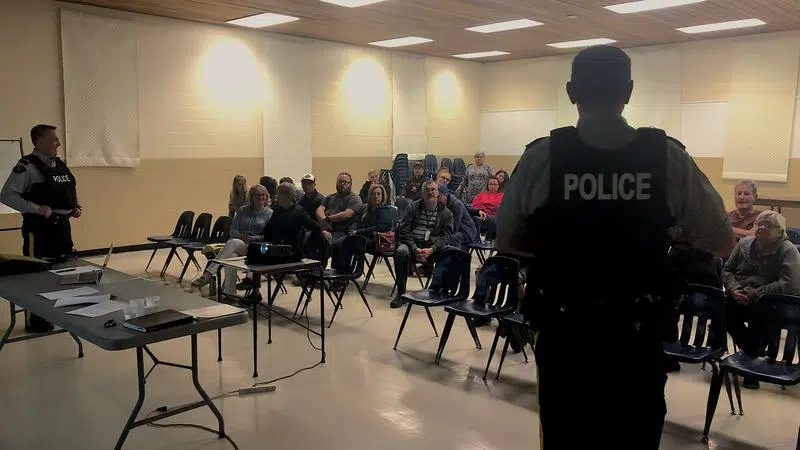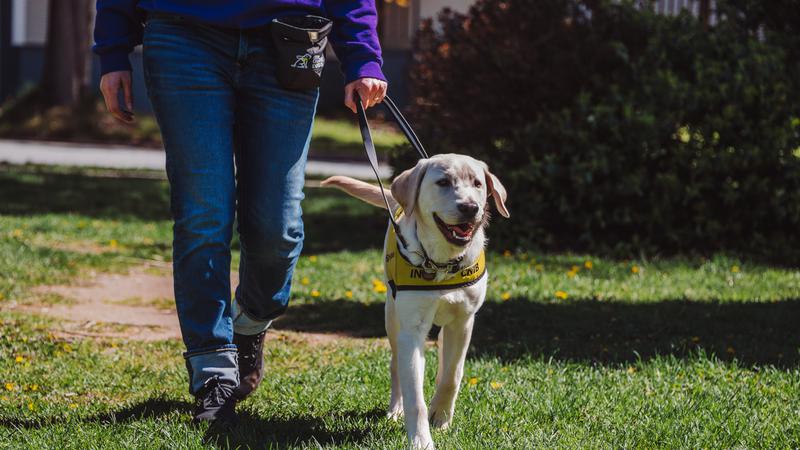
RCMP Town Hall: numbers, elected officials, benches, liaison officers, and stigma
It was a night full of discussion on what the next steps are when it comes to battling crime in the Battlefords.
The Battlefords RCMP held a town hall Thursday night at the Don Ross Centre, and with about 40 residents in attendance, ideas, discussion, concerns and information were abound.
The night began with a few presentations, highlighting the direction, exposure, statistics and overall state of the detachment.


